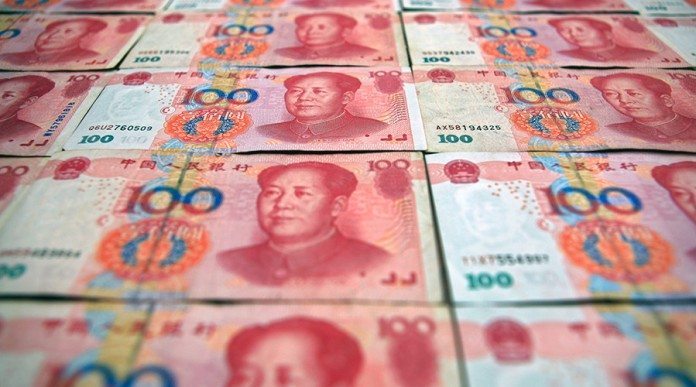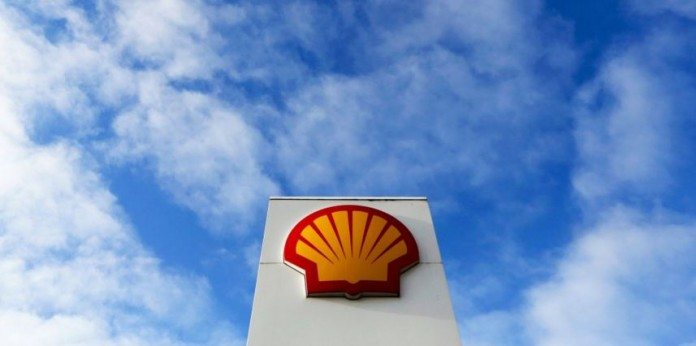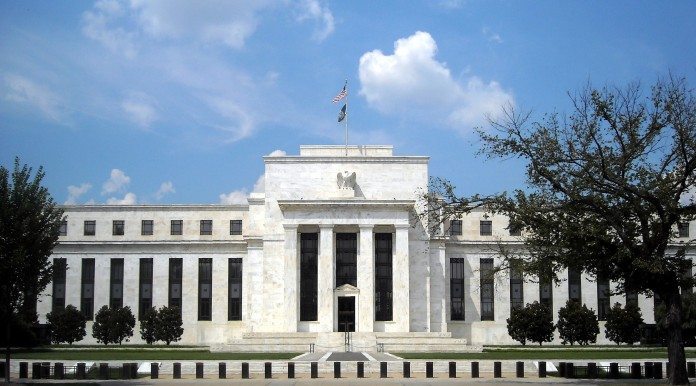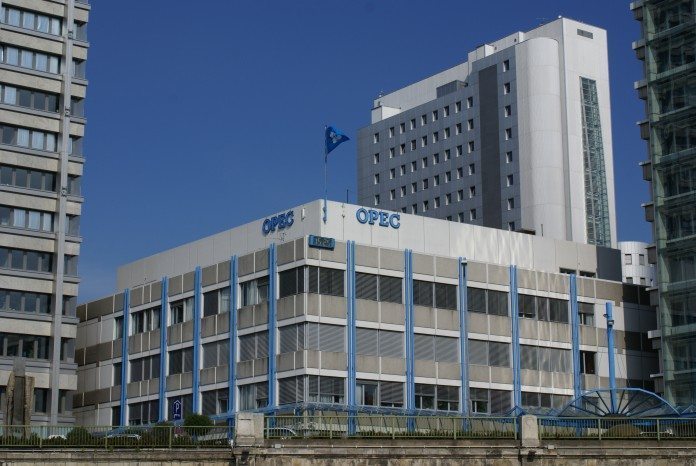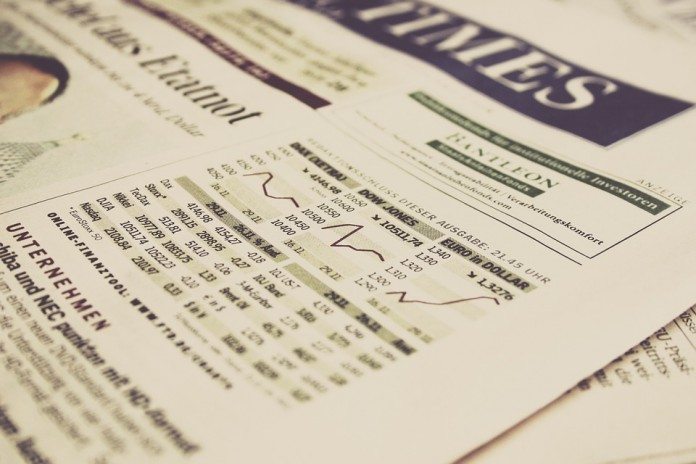After the spin-off of Ferrari NV (NYSE:RACE), Fiat Chrysler Automobiles NV (NYSE:FCAU) has reported its quarterly numbers for the fourth quarter. The automaker saw weaknesses in Asia as well as Latin America, offset by enhanced numbers in Europe and strong sales out of North America. Though its bottom line dipped 40.2% in the fourth quarter, its adjusted net profit more than doubled.
Click Here For More Market Exclusive Updates & Analysis
Outlook For 2016
For 2016, Fiat Chrysler issued revenue guidance of €110 billion, the same as last year. The Italian automaker expects adjusted net profit to grow 11.8% to €1.9 billion from €1.7 billion. However, it sees adjusted EBITDA growing at only 4.2% to €5 billion from €4.8 billion. The company hopes to maintain its net debt at €5 billion.
One of the most concerning areas in the last year for Fiat Chrysler was Asia Pacific. However, the automaker expects Jeep manufacturing localization in China to boost its profitability in the second half of the current year. It also expects to continue to gain in North America this year. After the launch of Levante, the company sees Maserati performance improving.
Adjusted Profit Doubles In 4Q
Fiat Chrysler suffered a serious drop in net income to €251 million from €420 million in Q4 last year. Excluding any adjustments however, net income more than doubled to €1.12 billion from €529 million.
North America was key to its operations since close to 85% of its profits came from that regionm fueled by increased sales of jeep SUVs. Operating margin also advanced 7.1% as the automaker has focused on closing the gap with its competitors.



